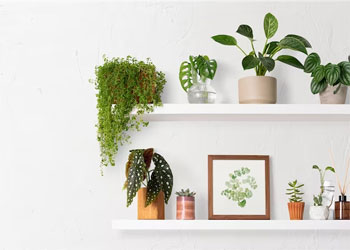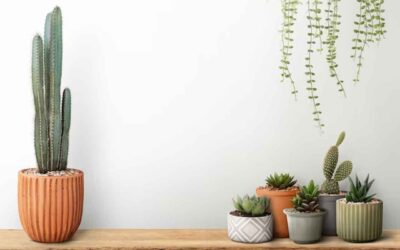When you are first getting into house plants, it can be a little confusing while watering time comes. Today you will know how to take care of your indoor plants properly and the pros and cons of indoor gardening.
House plants or indoor plants are low – maintenance plants that love deep, dark and shady areas and require very little watering. Indoor plants are unbelievably tolerant of negligence and can grow in nearly any condition. They tolerate virtually no sunlight although they may grow slow.
Nature has healing powers. Trees or plants provide broad benefits, not only for conversation, but for our daily lives too… by calming our minds and creating community. Trees also help with noise pollution. The dense foliage and trunk works as well as a sound barrier, reducing city noises to several decibels. It is important if you are trying to stay sane in a noisy environment.
There are plenty of benefits of having indoor plants in your area. They not only look great but also help to purify the air and improve your overall health. These plants are easy to care for and will help to lead a healthier lifestyle.
A good rule of thumb is to choose plants based on the amount of time you have to look after them. If you are time poor, then go for plants that are easy to care and don’t need a watchful eye. Hoyas are great trailing plants that can withstand dry periods. Peperomia obtusifolia and dieffenbachias have variegated cultivars that make an impact, and homalomena monstera can make a big, green statement with little effort.
Rex begonias are showstoppers with colorful and hairy patterned leaves. They need light humidity, so group a few together to creat a warm microclimate or add a humidifier to your indoor garden toolkit.
Overwatering is a common cause of indoor plant issues so make sure they are not sitting in water and allow the soil to dry out slightly before watering again. Increasing humidity will mean that they dry out slower.
To check if your plants need water, use your finger to feel if the first few centimeters of soil are dry. If so, give them a good drink making sure there’s enough water to run through the drainage system.
To add vitamins to the soil, as a minimum, use a premium potting mix. For aroids, such as anthuriums, scindapsus, philodendrons, aglaonema and minstera, it’s worth making your own mix to ensure they have adequate water and drainage.
For taking care of your indoor plants, you need to ensure light media with good drainage. Then you should add slow release food for nutrition. Water your plants when it gets dry and take it to sunlight for an hour when you get time.
Succulents and cacti are some of the most satisfying plants to grow, but they can be a little tricky when it comes to care, especially watering .Succulents are often called easy- care plants as they are quite drought tolerant and can go for a long time without much water .You need to recognise when your succulent plants need water, and when they have had enough water and possibly even when to re – pot in a better pot or better soil.

Image From Freepik
